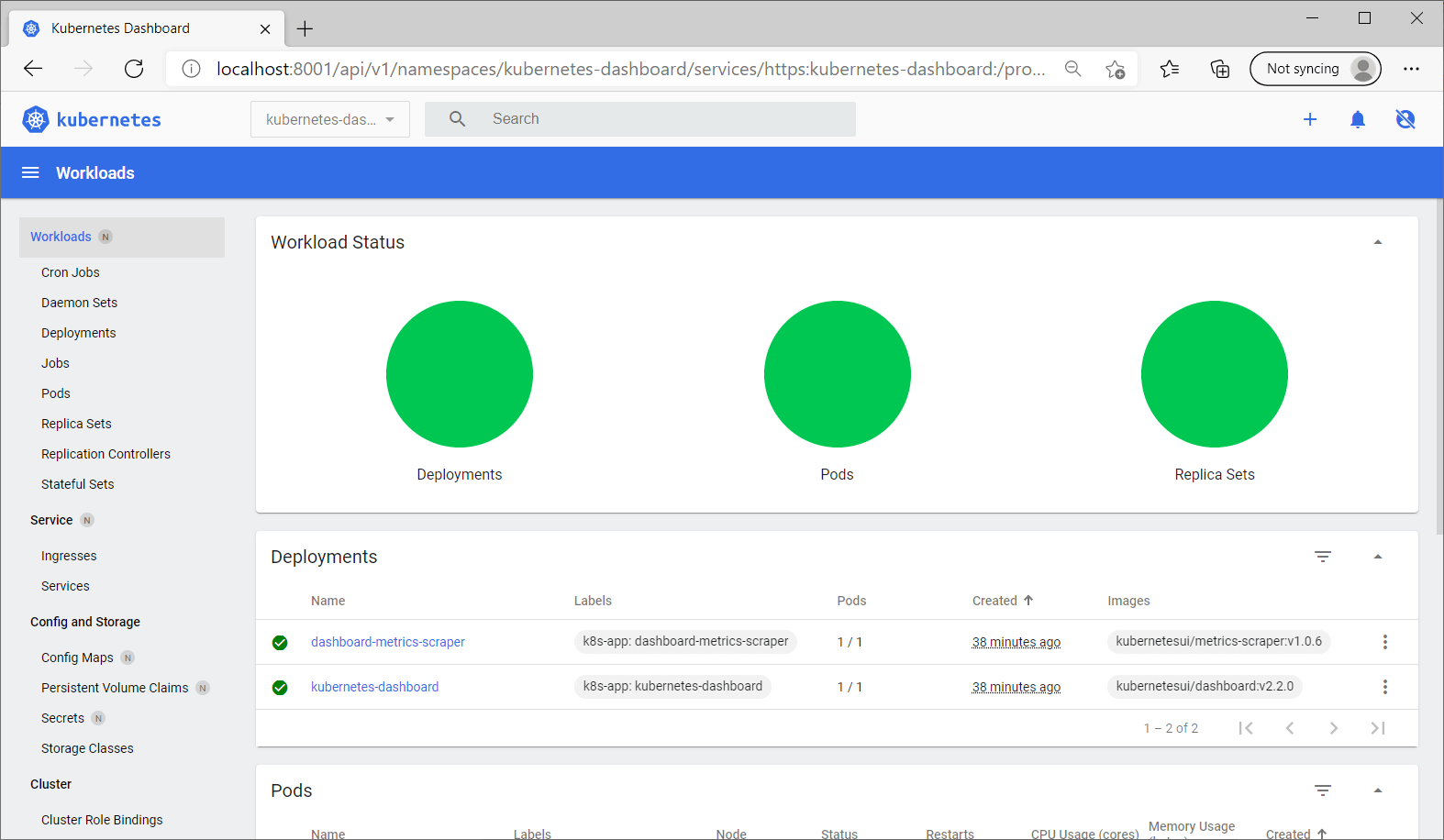

With beta support for Kubernetes, Docker provides users end-to-end container-management software and services spanning from developer workstations running Docker for Mac or Docker for Windows, through test and CI/CD using Docker CE or Docker Enterprise Edition (EE), our container platform, through to production systems on-premises or in the cloud running Docker EE. You eliminate the “it worked on my machine” problem because you run the same Docker containers on the same Docker engines in development, testing, and production environments, along with the same Docker Swarm and Kubernetes orchestrators. The beauty of building with Docker for Mac or Windows is that you can deploy the exact same set of Docker container images on your desktop as you do on your production systems with Docker EE.ĭocker for Mac and Docker for Windows are used for building, testing and preparing to ship applications, whereas Docker EE provides the ability to secure and manage your applications in production at scale. What You Can Do with Kubernetes on your desktop?ĭocker for Mac and Docker for Windows are the most popular way to configure a Docker dev environment, and are each used everyday by millions of developers to build, test, and debug containerized apps. The easiest way to get Kubernetes on your desktop is here. I know we can't test all kubernetes power with a single node cluster but even with just a single node there's a lot of features and scenarios that we can test and I promise to write a more interesting example than a basic hello world someday.Today we are excited to announce the beta for Docker for Windows Desktop with integrated Kubernetes is now available in the edge channel! This release includes Kubernetes 1.8, just like the Docker for Mac and Docker Enterprise Edition and will allow you to develop Linux containers. Kubectl port-forward hello 8080:80 to forward local port 8080 to POD port 80 and make it accessible through kubectl logs hello to see the stdout from hello POD Kubectl get pods to see the hello POD up and running Kubectl run hello -image=tutum/hello-world -port=80 Kubectl get nodes -o wide to get information about the single node running in our cluster. Kubectl cluster-info to get cluster information.

Kubectl get pods -n kube-system to see related kubernetes system Kubectl config get-contexts the expected output is all clusters configured in your kubeconfig file but we're interested at:
Docker for windows kubernetes cluster install#
You can use kubectl commands in wsl distro or directly from Windows, in this case you have to install the binary


 0 kommentar(er)
0 kommentar(er)
